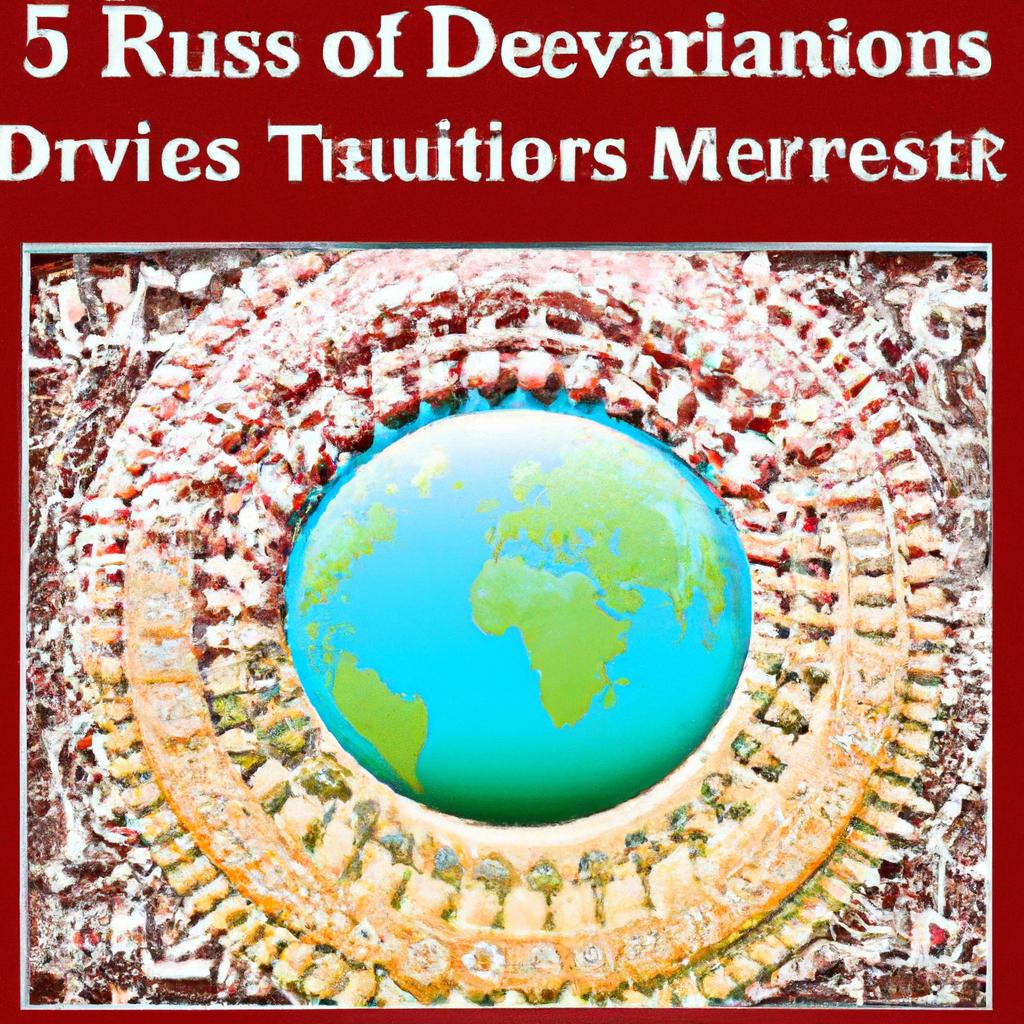Understanding Trust Distributions:
Trusts play a crucial role in estate planning, safeguarding assets and ensuring they are distributed as per your wishes. Managing trusts involves adhering to various rules and regulations, including the 65-day rule for trust distributions. This rule allows trustees to make tax decisions post the tax year’s end, impacting the tax treatment of distributions. Let’s explore what the 65-day rule entails, how it functions, and its significance in effectively managing trust distributions.
Exploring the 65-Day Rule:
The 65-day rule for trust distributions is a tax provision enabling trustees to make specific tax-related decisions after the tax year concludes. Essentially, it permits distributions within the initial 65 days of the subsequent tax year to be treated as if they were made in the prior tax year. This can have a substantial impact on the tax implications of trust distributions, allowing trustees to retroactively allocate income and deductions to the previous tax year, potentially reducing the trust’s tax burden.
Operational Mechanism of the 65-Day Rule:
To leverage the 65-day rule, trustees must distribute assets to beneficiaries within the first 65 days of the following tax year. These distributions are then considered as if they occurred in the previous tax year for tax purposes. This flexibility is advantageous for trusts with income earned in one tax year but intended for distribution in another. By utilizing the 65-day rule, trustees can effectively manage tax consequences and potentially lower the trust’s overall tax liability.
Advantages of the 65-Day Rule:
The 65-day rule for trust distributions offers several benefits, including:
- Tax Planning: Trustees can strategically manage tax implications, potentially reducing the trust’s tax liability.
- Flexibility: Trustees have additional time to make tax-related decisions, enhancing flexibility in managing trust distributions.
- Retroactive Allocation: By treating early-year distributions as if they were made in the previous tax year, trustees can retroactively allocate income and deductions to minimize tax liability.
Practical Strategies for Utilizing the 65-Day Rule:
For those considering implementing the 65-day rule for trust distributions, here are some practical tips to consider:
- Maintain Accurate Records: Keep detailed records of distributions and their timing.
- Seek Professional Advice: Consult with a tax expert to ensure compliance with tax regulations.
- Assess Tax Implications: Evaluate the potential tax consequences of utilizing the 65-day rule for trust distributions.
Illustrative Case Study:
To exemplify the benefits of the 65-day rule, let’s consider a hypothetical scenario. Picture a trust with income earned in one tax year but intended for distribution in the subsequent tax year. By utilizing the 65-day rule and distributing assets within the initial 65 days of the following tax year, the trust could retroactively allocate income to the prior tax year, potentially reducing its tax liability.
Concluding Thoughts:
In summary, the 65-day rule for trust distributions is a vital tax provision enabling trustees to retroactively allocate income and deductions to the previous tax year. Understanding the workings of this rule and utilizing it effectively empowers trustees to manage tax implications strategically and potentially reduce the trust’s overall tax burden. If you have a trust and are contemplating distributions to beneficiaries, seek guidance from a tax professional to determine the applicability and benefits of the 65-day rule for your specific circumstances.
Understanding the 65-Day Rule for Trust Distributions
What is the 65-Day Rule?
The 65-Day Rule is a tax provision that allows trusts to make certain tax elections up to 65 days after the close of the tax year, effectively treating distributions made during this period as if they occurred in the prior tax year. This can be particularly beneficial for trusts looking to minimize their tax liabilities.
How Does the 65-Day Rule Work?
Under the 65-Day Rule, trusts can choose to treat distributions made within the first 65 days of the following tax year as if they were made in the prior tax year. This can have significant tax implications, as it allows trusts to allocate income and deductions in a way that minimizes overall tax liability.
Benefits of the 65-Day Rule
- Allows trusts to maximize deductions: By making distributions within the 65-day window, trusts can allocate income and deductions in a way that minimizes tax liability.
- Provides flexibility: Trusts can take advantage of the 65-day rule to adjust their tax strategies based on their financial situation and goals.
- Can help lower tax brackets: Distributing income to beneficiaries can help keep the trust in a lower tax bracket, reducing overall tax liability.
Practical Tips for Implementing the 65-Day Rule
- Keep accurate records of distributions: Proper documentation is essential to ensure compliance with tax laws and regulations.
- Consult with a tax professional: Working with a tax advisor can help trusts maximize the benefits of the 65-Day Rule and navigate potential pitfalls.
- Consider the impact on beneficiaries: Before making distributions, consider how they will impact beneficiaries and factor this into decision-making.
Case Studies
Let’s consider a hypothetical scenario where a trust has significant income in one tax year but expects lower income in the following year. By utilizing the 65-Day Rule to distribute income to beneficiaries in the following year, the trust can potentially reduce its tax liability and optimize its tax strategy.
First-Hand Experience
Many trusts have successfully leveraged the 65-Day Rule to maximize tax savings and optimize their financial planning. By understanding the intricacies of the rule and working with tax professionals, trusts can make informed decisions that benefit both the trust and its beneficiaries.
Conclusion
The 65-Day Rule for Trust Distributions is a valuable tax planning tool that can help trusts minimize their tax liabilities and optimize their financial strategies. By understanding how the rule works, its benefits, and practical tips for implementation, trusts can make informed decisions that benefit all parties involved.


